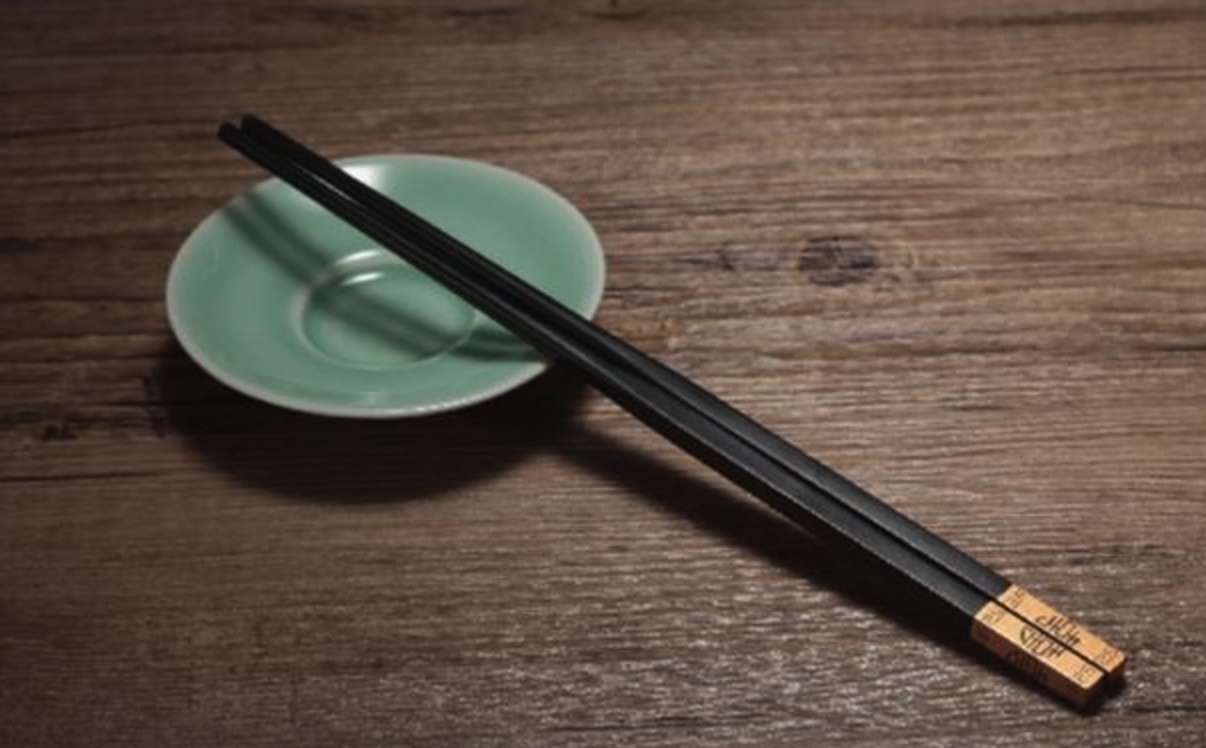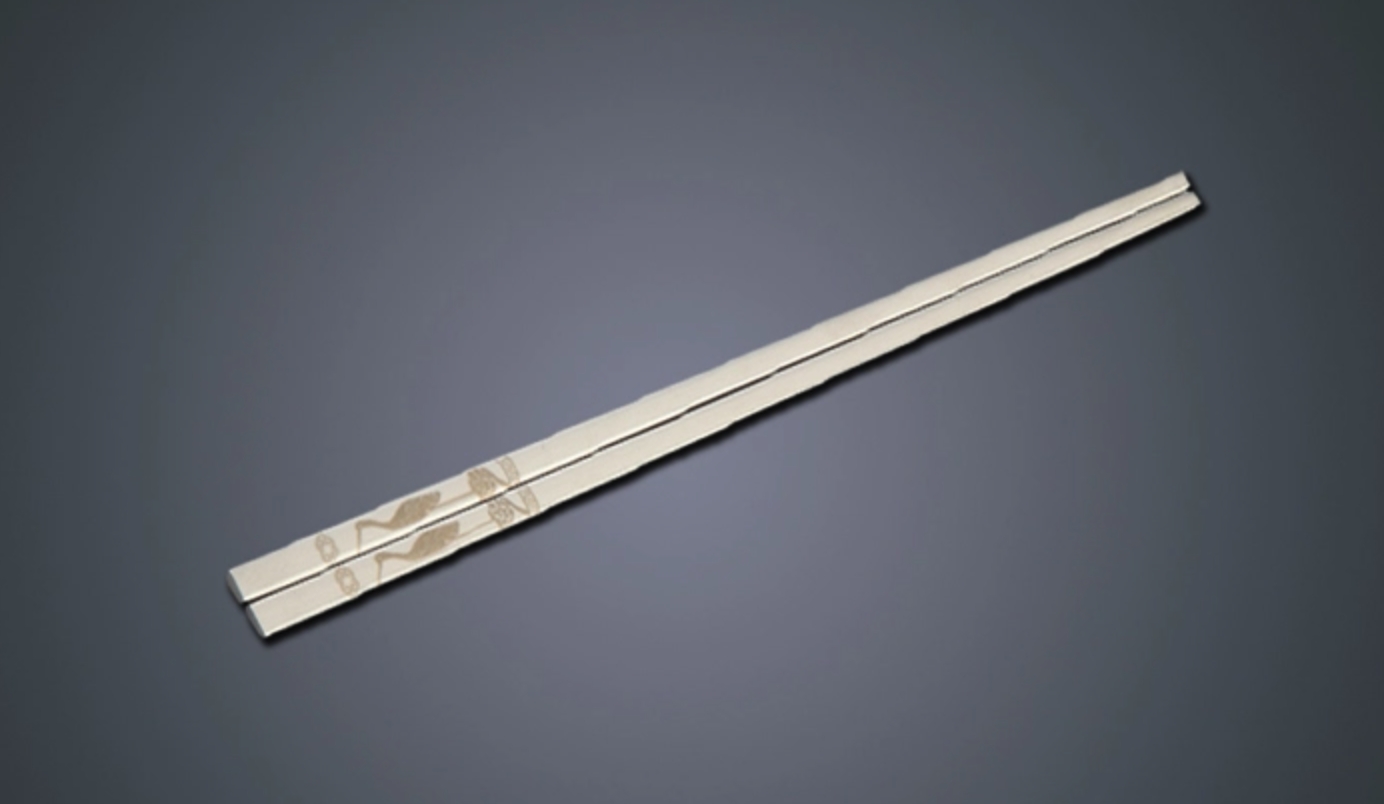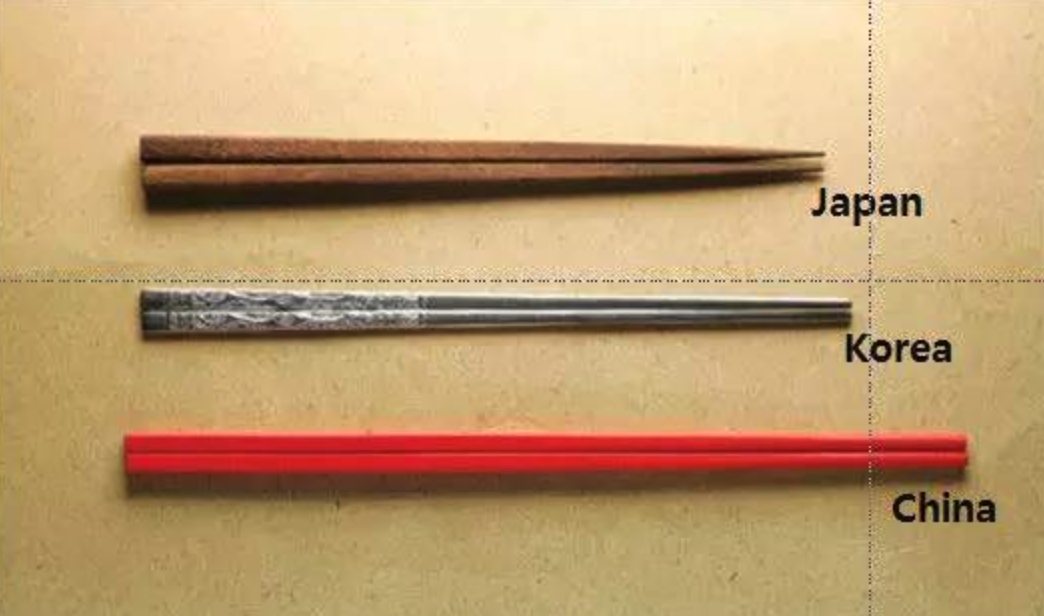Chopsticks are an indispensable part of East Asian cultures, and China, Japan, and Korea each have unique chopstick traditions. Let’s delve into the characteristics of chopsticks in these three countries and embark on a cultural journey.
Chinese Chopstick Culture
China has a long history of using chopsticks with rich traditions. Chinese chopsticks are typically made of wood, bamboo, or plastic, with a slender and pointed shape. The use of chopsticks in China involves unique etiquette, such as avoiding directly inserting them into rice, symbolizing inauspicious customs.
Japanese Chopstick Culture
Japanese chopstick design emphasizes delicacy, often crafted from high-quality wood or ceramics. Japanese chopsticks have a rounder shape at both ends and are relatively shorter, aligning with Japanese eating habits. Etiquette in the use of chopsticks is significant in Japan, for instance, it is strictly forbidden to stand chopsticks upright in rice, resembling funeral rituals.
Korean Chopstick Culture
Korean chopsticks are characterized by a thicker and shorter design, commonly made of stainless steel or plastic. The ends of Korean chopsticks are flatter, and the emphasis is on grip strength and technique. In Korea, special designs like metal hot water chopsticks are sometimes used for consuming warm soups.
Chopstick Characteristics Comparison
Material and Design:
China: Emphasis on traditional materials like wood and bamboo, slender shape.
Japan: Prioritizes high-quality materials such as wood or ceramics, shorter and slimmer design.
Korea: Prefers materials like stainless steel or plastic, chopsticks are thicker and shorter.
Usage Etiquette:
China: Taboos against directly inserting chopsticks into rice, symbolizing inauspiciousness.
Japan: Prohibition of standing chopsticks upright in rice, similar to funeral rituals.
Korea: Focus on grip strength and technique during use.
Special Designs:
China: Focuses on traditional craftsmanship.
Japan: Pursues intricate designs and high-quality materials.
Korea: Features unique designs such as hot water chopsticks.
The chopstick cultures of these three countries showcase distinctive characteristics, whether in terms of material, design, or usage etiquette, reflecting profound cultural backgrounds. Through this comparative exploration, we gain a deeper understanding of the diverse culinary habits and cultural values across different regions in East Asia.
![]()









